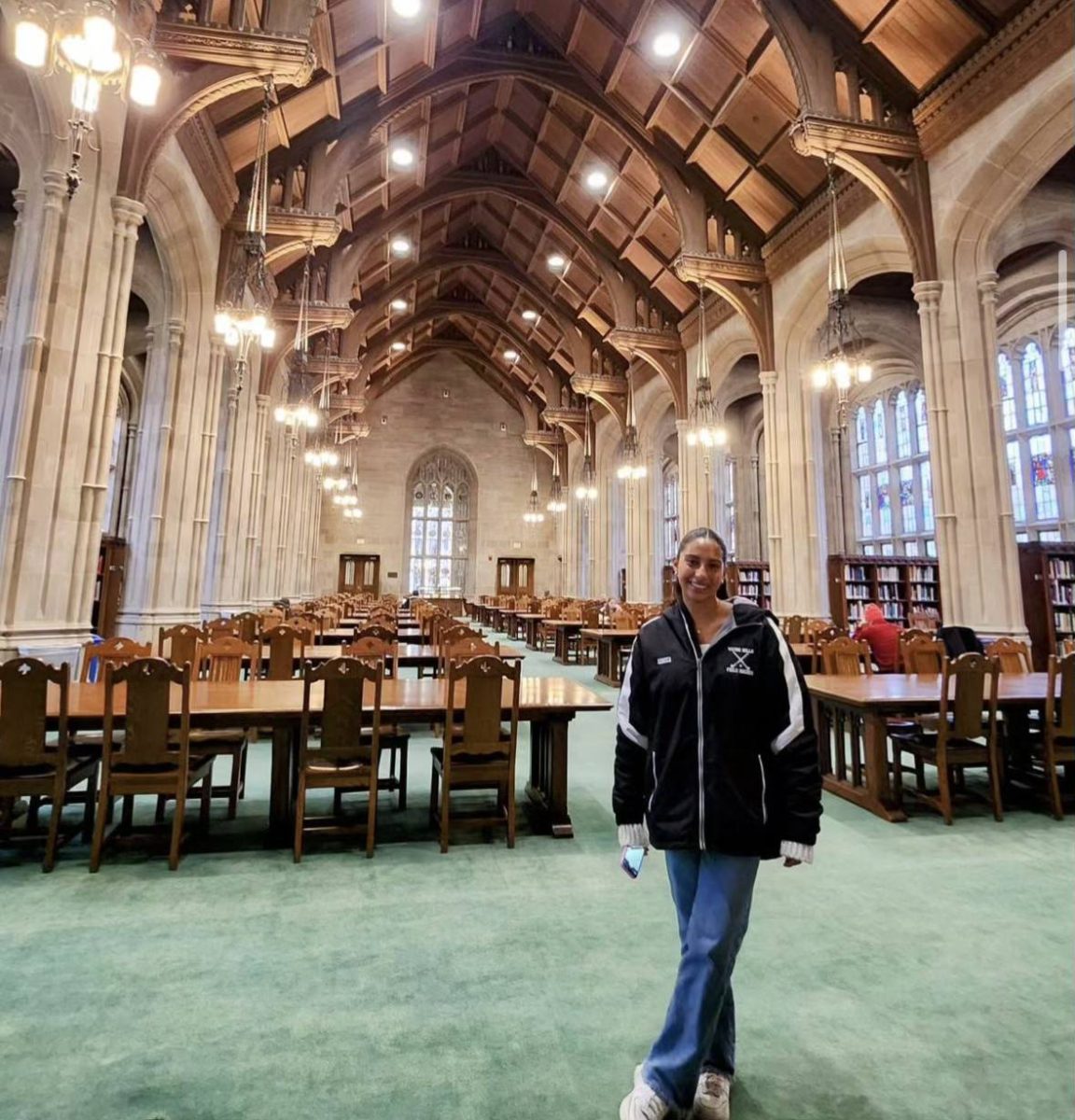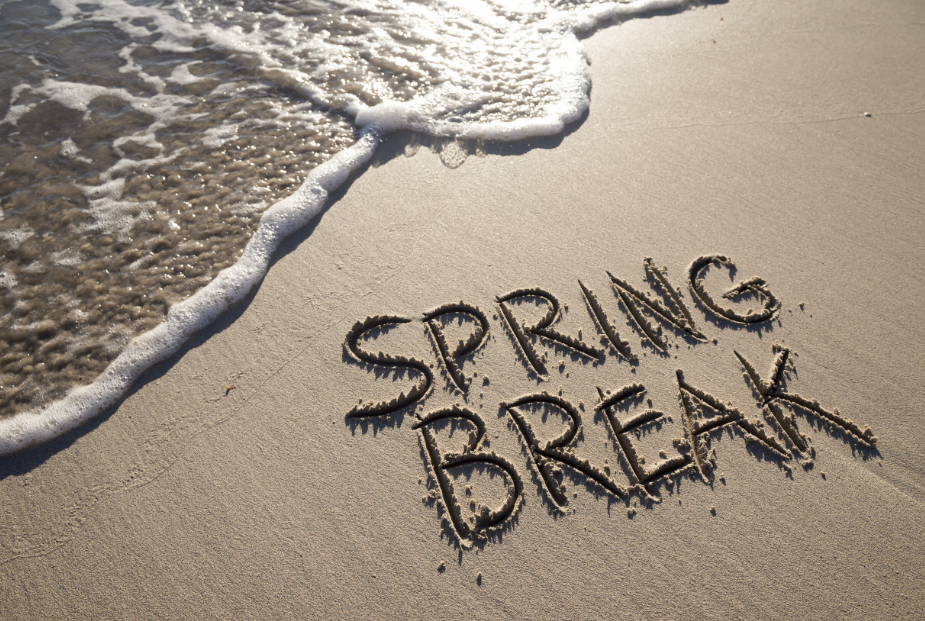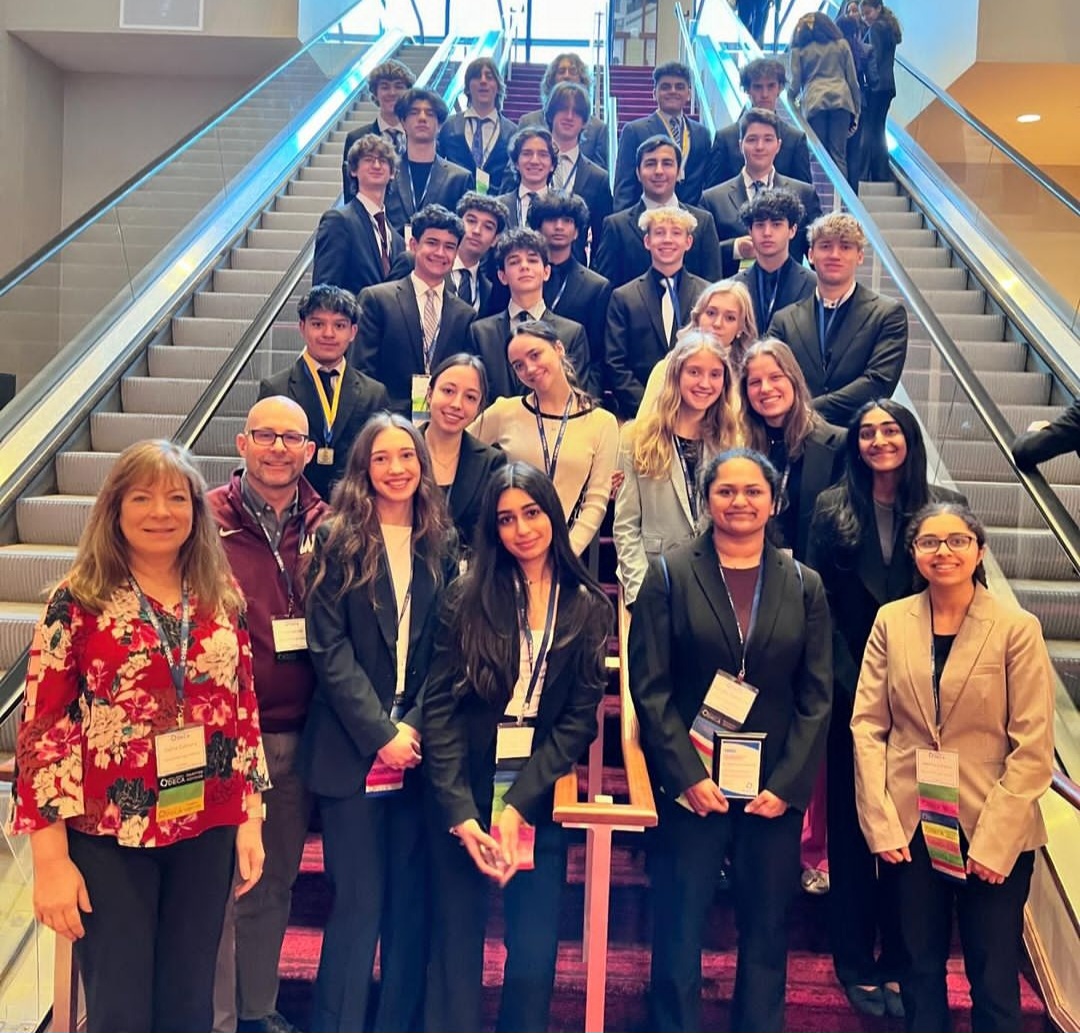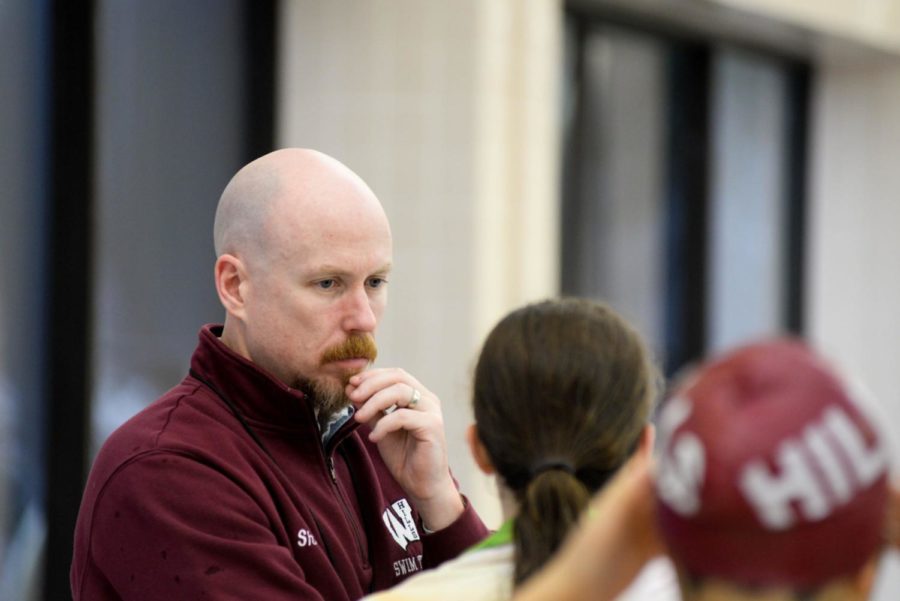US Vows to Seek Pipeline Alternative
Native Americans march to a burial ground sacred site that was disturbed by bulldozers building the Dakota Access Pipeline (DAPL), near the encampment where hundreds of people have gathered to join the Standing Rock Sioux Tribe’s protest of the oil pipeline that is slated to cross the Missouri River nearby, September 4, 2016 near Cannon Ball, North Dakota. Protestors were attacked by dogs and sprayed with an eye and respiratory irritant yesterday when they arrived at the site to protest after learning of the bulldozing work. / AFP / Robyn BECK (Photo credit should read ROBYN BECK/AFP/Getty Images)
December 6, 2016
After holding a solid ground, protesters at the Standing Rock site in North Dakota can finally soften with reverence. On Monday, December 5th, the Army Corp of Engineers finally announced that they would seek an alternative way to construct the pipeline. A victory well-deserved, the protesters spent the day celebrating and expressing their jubilance about the triumphant outcome.
For many months, the unheard protests rang throughout North Dakota, battling two major companies. Energy Transfer Partners and Sunoco Logistics Partners were eager to lay down a pipe transporting crude oils to the state of Illinois. Because these corporations expressed little to no concern over possible dangers and harmful effects the pipe could have on North Dakota’s clean water supply, their potential hazard prompted a series of protests from local Tribal groups.
The majority of protestors were made up of Native Americans (specifically the Sioux people,) who advocated for the preservation of North Dakota and its natural resources. Lead by chief leaders and environmental organizations, the peaceful protesters camped outside for many weeks in harsh weather conditions, rallying against the denigrative decision.
It was reported that their efforts were met with sharp opposition from local police groups. Several cases disclosed of physical violence and abuse over the protestors, resulting in permanent injuries on several victims. The protesters’ attempts, however, were not in vain.
As CNN reports, Chief Arvol Looking Horse, Keeper of the White Buffalo Calf Pipe, came out on the morning of the 5th towards a cheering crowd and exclaimed: “People have said that this is a make it or a break it, and I guess we made it.”
Despite this blissful conclusion, many people have expressed their concern about the company’s sincerity.
Dallas Goldtooth, lead organizer for the Indigenous Environmental Network told CNN that his organization is “asking [their] supporters to keep up the pressure, because while President Obama has granted [them] a victory today, that victory isn’t guaranteed in the next administration.”
Goldtooth amongst others, doubts the results to be permanent, as Energy Transfer Partners and Sunoco Logistics Partners have already released an ignorant statement in which they plan to continue pushing forth their construction. Goldtooth urges to sustain their current struggle in order to prevent the corporations from winning in the Federal Court.
Although celebration is still at hand, the groups showed their disappointment in the lack of attention their cause spurred from mass media. Likewise, some students and staff of WHHS have noted that the Dakota Access Pipeline was a major event which should have made public headlines.
Sophomore Sarah Shardam stated that “the aggression towards the protestors is showing a corrupt side to some parts of the government. They have a right to protest. And this is a big issue. I find it terrible that media was not all over it. The fact that it’s just coming out now, seems sketchy.”
Similarly, fellow student Riya Solanky believes that “the reaction by law enforcement on those people was cruel and unnecessary.” She also stated that it is plausible that the event received little coverage as “the elections and the electoral vote protests covered them up and were considered the main headline news.”
Foods teacher Ms. Hart, was also quick to convey her concern for the lack of knowledge she possessed over the issue. “I barely hear anything about it,” she said. “I think that it is also the geographic location. If it was in some Metropolis area like New York City, or Boston, or Miami, it would have gotten more coverage. And of course, there is a political and racial undertone which makes it an uneasy subject.”
For the time being, the protesting groups are satisfied with their results. In the upcoming months, the protesters will be paying extra attention to the Federal Court and its final verdict.
















